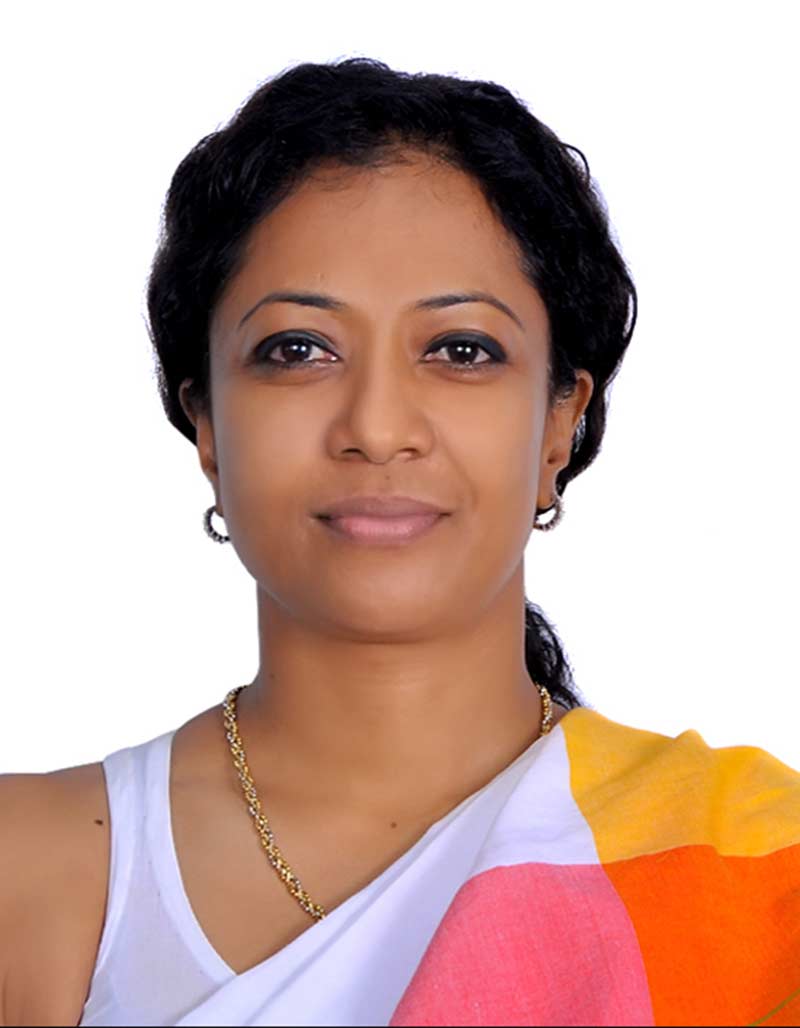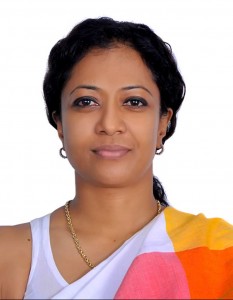
SLCPI calls for proactive measures to combat Diabetes in Sri Lanka
Commonly known as the silent killer, the spread of diabetes in Sri Lanka is alarming, to say the least. As disease that sneaks up on you approximately four million Sri Lankans are currently affected by it. It is also estimated that over 50% of the population are unaware that they have it.
Affecting everyone indiscriminately, contracting diabetes leads to a multitude of lifelong health issues. As it targets everything from your brain cells to your heart, liver, and kidneys, it has an adverse and permanent effect on both the patient and their families, often leading to a difficult and painful life ahead.
As much as it is a growing menace in Sri Lanka, the World Health Organisation (WHO) statistics showcase that diabetes is fast on its way to becoming a global issue and will be the 7th leading cause of death by 2030 — a mere 12 years from now . Sedentary lifestyles, lack of exercise, obesity, unhealthy eating habits, and family history have been penned down as the main causes of it.
Why we should worry
Diabetes is incurable. It can also affect you at any given stage of your life, regardless of being a child, being pregnant, or being elderly. Once contracted, it stays for life, demanding expensive treatment, changes in lifestyle, and strict dietary precautions.
However, what exactly is diabetes, and how does it spread?
According to the Diabetes Association of Sri Lanka, this isn’t a singular problem. The Association defines it as a group of illnesses characterized by high blood glucose levels that result from defects in the body’s ability to produce and/or use insulin. Manifesting itself in several different levels, diabetes is often categorised as Type 1 (T1DM), Type 2 (T2DM), and Gestational Diabetes (GD), to name a few. All these are direct results of unhealthy lifestyles, including a lack of exercise and complete lack of caution or control where processed or artificial food is concerned.
Once considered a disease which plagued the developed world, tables have reversed as two-thirds of the diabetic population is now from developing countries. Sri Lanka alone has approximately 4 million patients with abnormal blood sugar levels. According to a study published by Katulanda et al., 100 people die from diabetes and heart disease daily. One in 12 Sri Lankans have diabetes.
Not only is the disease one of the largest causes of death in the world, but it also affects live births and is responsible for over a million amputations each year.
One of the overarching reasons for the spread of the disease can be penned down to changing lifestyles, globalisation, and urbanisation. The resulting change in dietary patterns means that more and more people consume ‘high energy dense food.’ These are meals which lack water, and are rich in saturated fats, salt, and additives—substances which are extremely common in fast food and snacks today.
Combating diabetes through diet and exercise
The Vice President of the Sri Lanka Chamber of the Pharmaceutical Industry (SLCPI) and Managing Director of Hemas Pharmaceuticals, Kasturi Chellaraja Wilson points out that diabetes is just behind cardiovascular disease as far as deaths go—it is the second most common cause of death , claiming 7% of mortality rates.
She called for the need of island wide education and awareness, in order to slow down the prevalence in the long term.. Speaking about what people could do to control and overcome it, Chellaraja highlighted the importance of being aware of the causes ,clean diets, healthier lifestyle, and adequate nutrition.
“Education and information on the subject would be the first step in awareness and prevention of diabetes . this would include simple life style changes ”. It’s not necessarily that these changes in lifestyle and food are costly .” she said, adding that the SLCPI alone conducts numerous awareness programmes on how to prevent diabetes .
Elaborating further on the topic, Chellaraja stated that there are three main focus areas when it comes to dealing with diabetes. The first is, of course, education. If however, one still contracts the disease, the second most important thing is managing or treating it. She stressed on the necessity to know how to manage it properly, as it could affect one’s lifestyle and lead to critical phases.
“The last two years in Sri Lanka has seen a lot of awareness programmes. However, primary awareness in terms of health and lifestyle among the general public isn’t there, which is why you have steps like colour-coding sugary drinks in supermarkets and such,” she said.
Medication is the third way of dealing with diabetes, following education and lifestyle management.
Meanwhile, what is the SLCPI doing to help control the epidemic? They are focusing on investment in education at grass root level , and prevention and management. Everything that Chellaraja already discussed.
Along with government clinics and other interested stakeholders, the SLCPI provides the general public with education on how to develop their quality of life when living with diabetes, how to lead healthier lifestyles if it is hereditary, and on the importance of early screenings and diet control.
About SLCPI
The SLCPI founded in 1961, represents over 70 members who account for over 90% of the Private Pharmaceutical Industry across the value chain from Manufacturers, Importers, Distributors and Retailers, providing the Sri Lankan patients with 800 molecules from 364 manufacturers from across the world. The Industry value chain has over 60,000 direct employees and over 240,000 indirect employees. Major corporates in the local industry such as Hemas Pharmaceuticals, Sunshine Healthcare, CIC Lifesciences, Baurs Healthcare and George Steurts Healthcare are among the members. SLCPI is an affiliated chamber of the Ceylon Chamber of Commerce.






